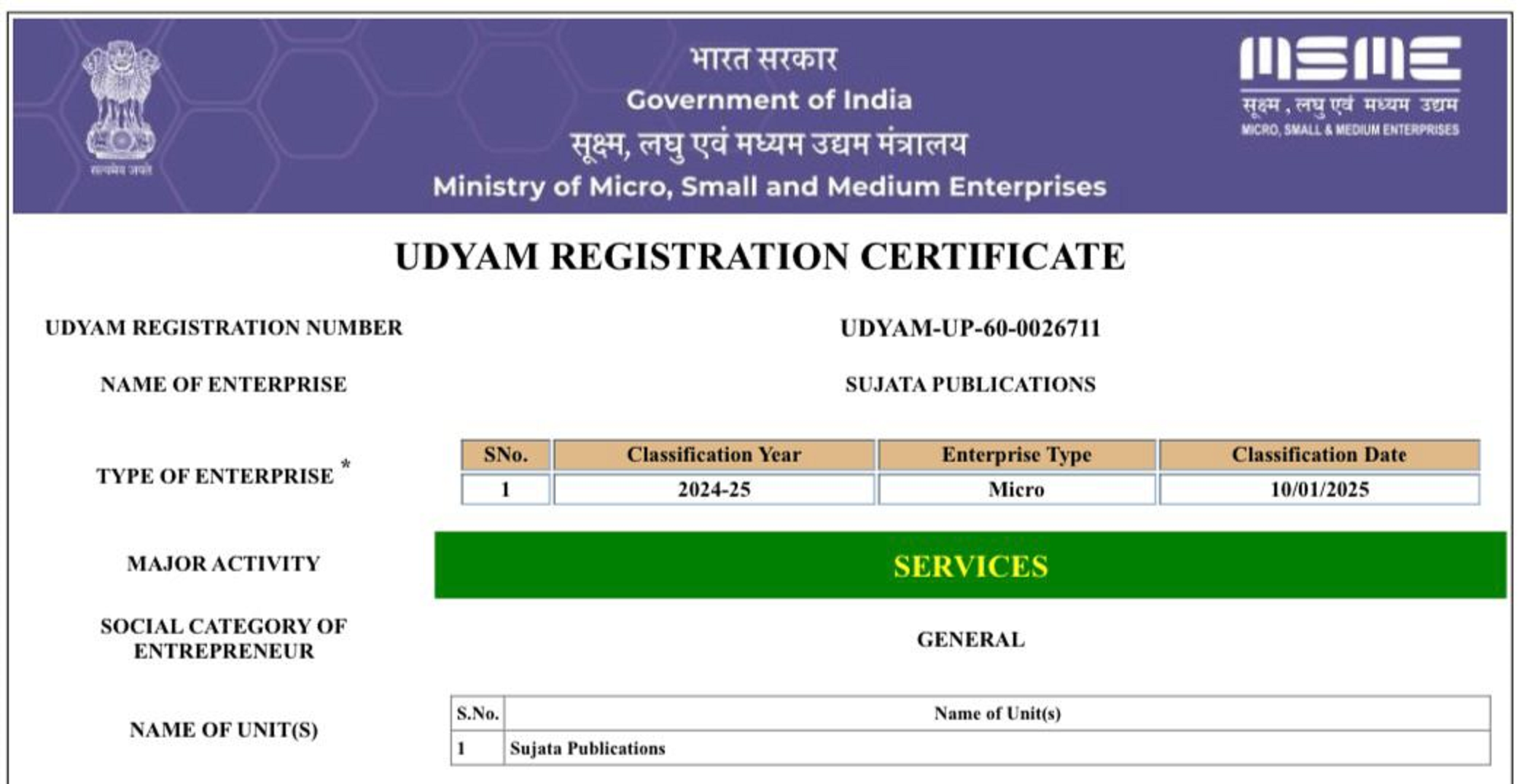Assessment of the Pharmacognostic Phytochemicals and Antidiabetic properties of the flowers of Acacia nilotica Linn.
DOI:
https://doi.org/10.62896/ijpdd.2.5.15Keywords:
A. nilotica flowers, Phytochemical, microbiological load, TLC and CatechinAbstract
Objective: The quality criteria for herbal medicines are based on an accurate scientific description of the source material. Herbal resources are commonly acquired, processed, and released into the market without completing the necessary safety and toxicological testing, despite their immense potential as natural remedies and their substantial financial worth. This led to an attempt to assess phytochemical and toxicological characteristics in the flowers of the popular herbal remedy A. nilotica linn, including heavy metals, aflatoxins, total microbial load, and pesticide residues. Method: The procedures recommended by AOAC and ASTA were followed in order to determine the analysis of heavy metals, aflatoxins, microbiological load, and pesticide residues. Thin layer chromatography was used to separate the chemical components of the medication. Result and conclusion: Although pesticidal residues, heavy metals, aflatoxins, and the total microbial load varied, the experiment's results demonstrated that they were all below permitted limits. A phytochemical examination of A. nilotica revealed that the former lacked phytoconstituents known as catechins. Therefore, in order to ensure the safety and efficacy of Indian medicinal plants and increase their adoption on a worldwide scale, it is essential that these qualities be assessed in all crude medications prior to further processing. The study's identification of unique IDs for the particular crude medicine will aid in the detection and prevention of adulterated raw drugs.
Downloads
Published
Issue
Section
License
Copyright (c) 2025 Sujata Publications

This work is licensed under a Creative Commons Attribution-NonCommercial 4.0 International License.
















